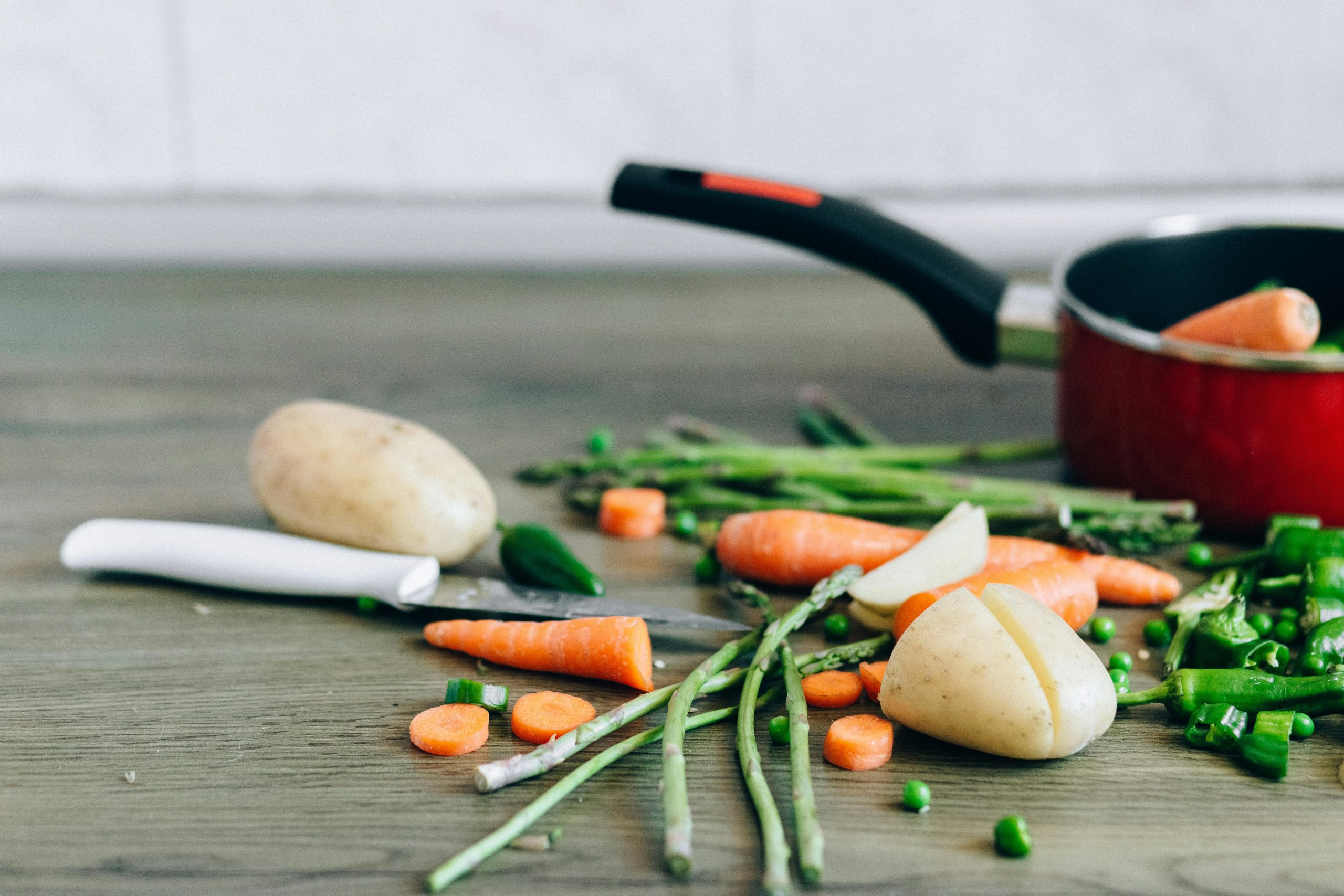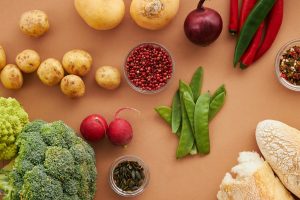Seasonal Cooking: Embracing Nature’s Calendar in Your Meals
As the seasons change, so do the foods that grow and thrive in our environment. Many people may not realize the importance of eating seasonally, but it has numerous benefits for our health, the environment, and our taste buds. Seasonal cooking involves embracing nature’s calendar and incorporating fresh, local produce into our meals. In this article, we will discuss the benefits of eating seasonally and provide tips on how to start incorporating seasonal cooking into your meal planning.
The Benefits of Seasonal Cooking
1. Better Nutrition
When we eat in-season produce, we are consuming fruits and vegetables at the peak of their nutrient content. As produce travels, it loses its nutritional value, so by buying local, in-season produce, we can reap the full benefits of their vitamins and minerals. In addition, seasonal produce is usually picked when ripe, meaning it has had time to develop its full flavor and nutrients.
2. Cost-Effective
Not only is in-season produce more nutritious, but it is also more budget-friendly. When fruits and vegetables are in season, there is an abundance of supply, driving down the prices. On the other hand, out-of-season produce often has to be imported, which increases the price. By eating seasonally, we can save money while still enjoying fresh, local produce.
3. Supports Local Farmers
Eating seasonally also supports local farmers and the economy. When we buy from local farmers, we are putting money back into our communities and helping small businesses thrive. Additionally, local farmers often use sustainable and ethical farming practices, promoting a healthier environment.
4. Reduces Environmental Impact
With the rise of industrialized agriculture, food is now being shipped across the world, leaving a large carbon footprint. By consuming locally grown, in-season produce, we can reduce the environmental impact of our food choices. Also, seasonal produce is more likely to be grown without the use of harmful pesticides and fertilizers, making it a more environmentally friendly option.
Tips for Seasonal Cooking
1. Know What’s in Season
One of the first steps in incorporating seasonal cooking into your meals is to understand what fruits and vegetables are in season. This may vary depending on your location, so do some research or visit your local farmer’s market to see what produce is available.
2. Get Creative with Recipes
Cooking seasonally may require you to try new recipes and be more flexible with your meal planning. Instead of sticking to your usual go-to meals, be open to trying new produce and incorporating them into your dishes. There are plenty of online resources for seasonal recipes, or you can get creative and come up with your own unique recipes.
3. Preserve for Later Use
If you come across a surplus of in-season produce, consider preserving it for later use. You can freeze fruits and vegetables, make jams or pickles, or even dry herbs to use in the off-season. This will ensure you can still enjoy seasonal produce when it’s no longer available.
4. Shop at Farmers’ Markets
Local farmers’ markets are a great place to find in-season produce. Not only will you get to support local farmers, but you can also ask them about their farming practices and get tips on how to prepare and store their produce. Plus, the atmosphere of a farmers’ market is always an enjoyable experience.
5. Be Mindful of Labels
When shopping at the grocery store, be mindful of labels and where your produce is coming from. Look for labels that indicate the product is locally grown or ask the store employees for more information. Supporting local farmers and buying in-season produce is a much more sustainable choice.
Eating seasonally and embracing nature’s calendar in our meals has numerous benefits for our health, the environment, and our communities. By incorporating seasonal cooking into our meal planning, we can enjoy fresh, nutritious produce and support local farmers while reducing our environmental impact. So the next time you’re planning your meals, remember to consider what’s in season and get creative in the kitchen with seasonal ingredients.










